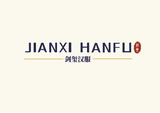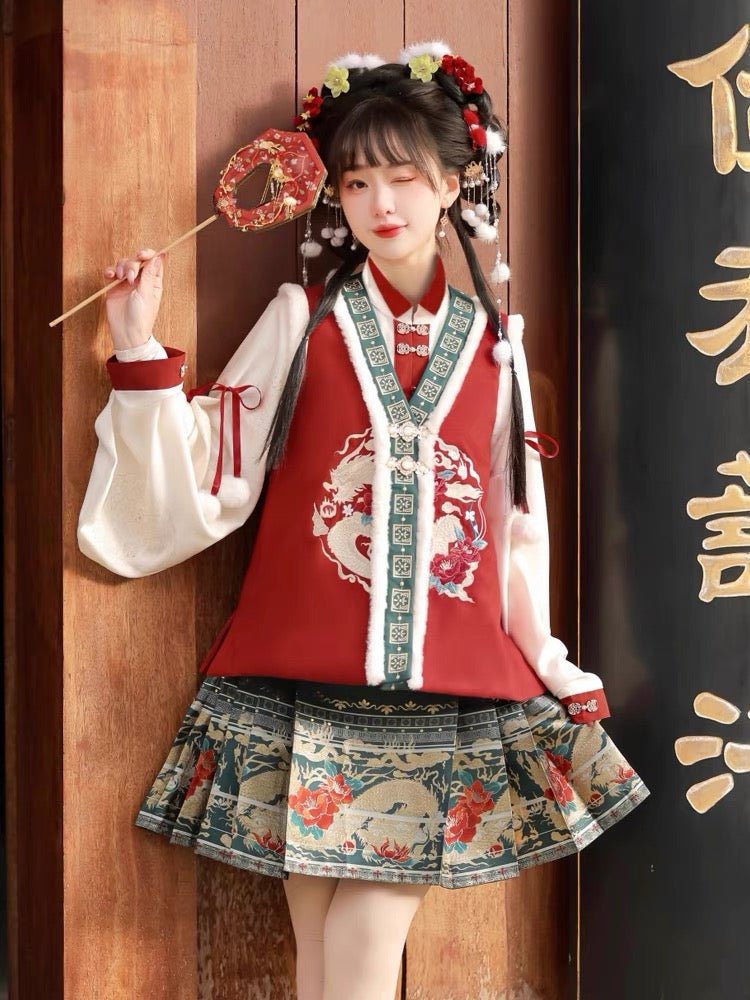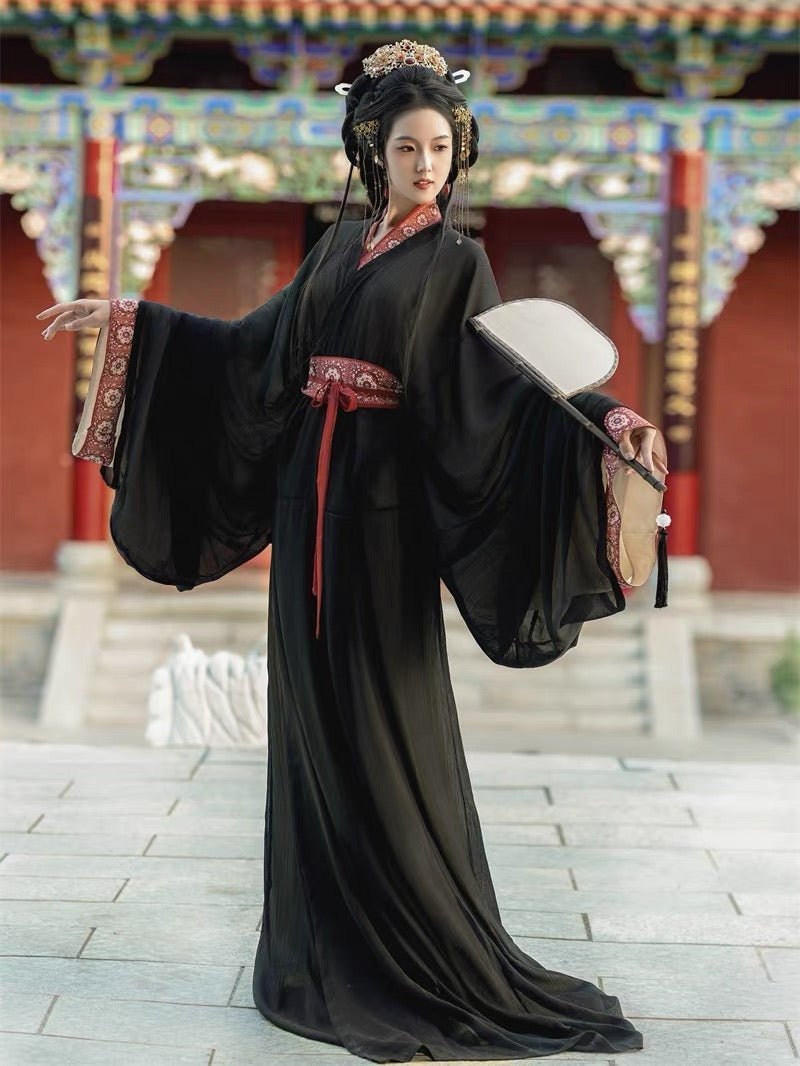In recent years, Wei Jin Dynasty Clothing has grown in popularity.
Hanfu enthusiasts who have studied the traditional clothing of well-known dynasties such as Tang, Ming, and Song are now diving deeper into this niche. It has also become a popular starting point for beginners. Today, we’ll break it all down in one article to help you fully understand Wei Jin Dynasty Clothing.
1. When was the Wei and Jin period?
The Wei and Jin period lasted from 220 AD to 420 AD. This was an era of significant political turmoil and cultural transformation in China.
Hanfu enthusiasts who have studied the traditional clothing of well-known dynasties such as Tang, Ming, and Song.
Those familiar with Chinese history may have heard of the legendary Cao Cao. He established the state of Wei (220–265 AD), one of the Three Kingdoms, which succeeded the Eastern Han Dynasty. It is commonly referred to as Cao Wei.
The Jin Dynasty was divided into the Western Jin (265–316 AD) and the Eastern Jin (317–420 AD). It was founded by the Sima family. The Western Jin essentially marked a transition of power where the Sima clan went from being high-ranking officials to becoming emperors.
A common Chinese proverb goes, "司马昭之心,人尽皆知 (Sīmǎ Zhāo zhī xīn, rén jìn jiē zhī)". Its original meaning is that Sima Zhao's ambition to seize the state power of the Cao Wei Dynasty was known to everyone in the world. Therefore, in daily life, it is generally used to express "your thoughts/intentions are known to all".
According to China’s Outline of History, a standard university textbook, the Wei and Jin period was politically chaotic yet intellectually vibrant. Philosophy known as Xuanxue (Neo-Taoism), intellectual debates, Taoism, and Buddhism flourished. Scholars pursued spiritual freedom and individuality, which greatly influenced Wei Jin Dynasty Clothing aesthetics.
As recorded in The Book of Jin · Records of Five Elements:
“By the end of the Jin Dynasty, people wore small hats but extremely loose clothing. This free-spirited and unrestrained style became a trend, spreading widely and even becoming common among servants.”
Loose, wide, and flowing—embodying a free, natural, and romantic spirit.
Extremely wide sleeves (大口袖,dà kǒu xiù), open collars and robes, often made of light silk fabric, creating an elegant flow with movement.
In contrast to the strict dress codes of the
Qin and Han dynasties, Wei Jin Dynasty Clothing represented a rebellion against tradition. It reflected Taoist ideals of harmony with nature and freedom.
Migration of northern ethnic tribes (“Five Hu”) led to cultural blending between nomadic peoples and the Han Chinese.
Northern regions popularized 裤褶服 (kù zhě fú)—a practical outfit consisting of a top and trousers influenced by nomadic clothing. At the same time, the loose robe style of the Han people (a typical feature of Wei Jin Dynasty Clothing) also influenced ethnic minority nobles.
衫 (Shān): A loose, unlined outer robe, lighter and more free-flowing than formal coats.
巾 (Jīn): Various headscarves, such as the “Lin Zong scarf (林宗巾,Lín Zōng Jīn)”, symbolizing scholarly elegance.
杂裾垂髾服 (Zá Jū Chuí Shāo Fú): The most iconic dress of Wei Jin Dynasty Clothing. It featured layered triangular embellishments (裾,jū) and long, flowing ribbons (髾,shāo) for a dynamic and decorative effect.

披帛 (Pī Bó): A long shawl draped over the shoulders, adding grace and movement to Wei Jin Dynasty Clothing.

▲The image shows a classic example of “杂裾垂髾服 (Zá Jū Chuí Shāo Fú)” (a representative style of Wei Jin Dynasty Clothing) from the painting Nymph of the Luo River (洛神赋图,Luò Shén Fù Tú) by Gu Kaizhi of the Eastern Jin Dynasty.
Wei Jin Dynasty Clothing is more than just style—it represents a cultural symbol of freedom, individuality, and natural beauty.
In my view, in today’s world of fast fashion, people are turning toward more niche styles to express their personal taste. The unique elegance and artistic charm of Wei Jin Dynasty Clothing resonate strongly with modern preferences for effortless, poetic aesthetics. This has made it a standout within the Hanfu revival movement and a powerful way for people to express themselves.
Furthermore, new Chinese-style clothing that incorporates elements of Wei-Jin dynasty costumes is being increasingly sought after by more people. Some celebrities' Chinese-style outfits also demonstrate that their fashion elements have enduring appeal. Personally, I believe that public figures undoubtedly have a huge influence on the emergence of phenomenal events related to certain things. For example, in July this year, Chinese artist Yang Mi wore "bamboo-fold clothing" when attending a film festival, during which the search volume for this item surged, and so on. Those who are interested can click the link below to access the relevant blog "Which dynasty's Hanfu sells the best?"I hope my article can enable you to have a more comprehensive understanding of the "Wei and Jin". I will, as always, share professional, interesting and wonderful content with all friends.





